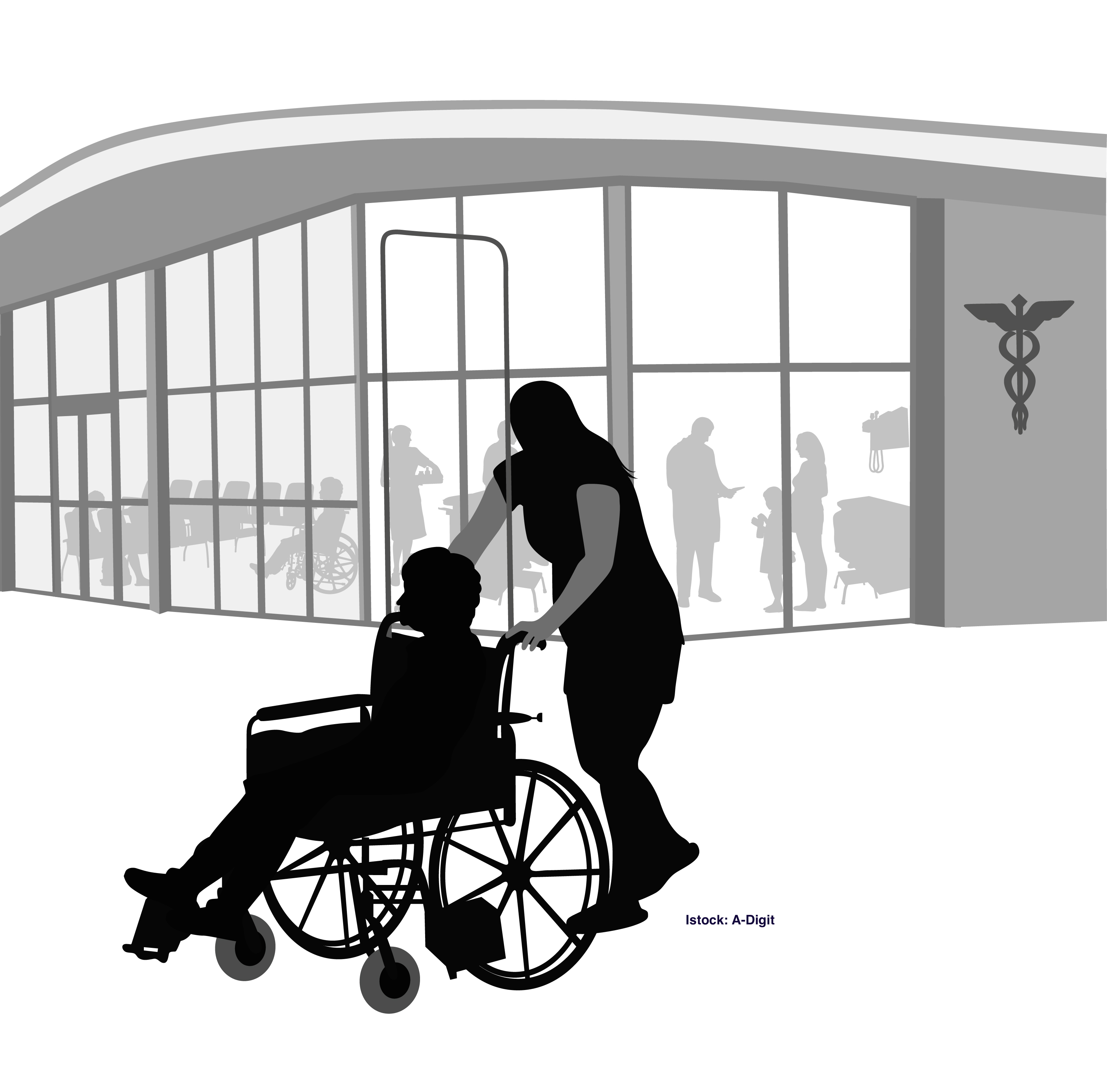AARP Hearing Center

When in-person nursing home visits were restricted last year because of COVID-19, Andrée Boudreau called her 95-year-old mother, Rosemary, daily.
But sometimes her mother could not reach the phone and no one was available to help. The missed calls were a source of intense stress for Boudreau, 70, of Newton, and her family.
Rosemary died at the nursing home in late June. In late September indoor visits were resumed, with restrictions such as coronavirus testing, disinfecting and social distancing. But the change came too late for Boudreau, who feared that her mother felt abandoned. “It was gut-wrenching.”
The overall quality of care her mother received was good, Boudreau said, and the facility was transparent when the coronavirus hit. But the pandemic has underscored the impact of staffing shortages.
Last fall in Massachusetts, 14 percent of nursing homes had shortages of direct-care workers, according to an AARP analysis.
“We are very concerned about staffing and pay and benefits,” said Sen. Patricia Jehlen (D-Somerville), Senate chair of the state legislature’s Joint Committee on Elder Affairs. A scarcity of certified nursing assistants, who receive relatively low pay, is especially worrisome, she said.
As of last month, nearly two-thirds of the state’s overall COVID-19-related deaths had occurred in nursing homes and long-term care facilities.
Community care options
“This crisis has exposed the challenges in long-term care,” said Mike Festa, state director for AARP Massachusetts.
In addition to insufficient staffing, other issues that have been exacerbated during the pandemic are shortages of personal protective equipment, a lack of information about patient and staff infections, and limited access to COVID-19 tests.
In response, Gov. Charlie Baker’s (R) administration launched a series of reforms to address the quality of care at nursing homes, including increased funding through an $82 million Medicaid rate restructuring, minimum staffing requirements and steps to limit occupancy to no more than two residents per room.
Festa praised those efforts “as appropriate first steps to respond to the conditions on the ground” but said more needs to be done to reshape care for the state’s most vulnerable residents.
“We are looking for transformational change so the only people who are in long-term care facilities are those who can’t be served elsewhere,” Festa said.
AARP Massachusetts is advocating for more community- based options, as an alternative to nursing homes, so that people can age at home or reside with their families.
“We have to look at the barriers to expanding home care,” Festa said.
Jehlen agrees. “We are very interested in trying to reimagine nursing homes and give people the opportunity to live in the least restrictive environment,” she said. She supports the development of “Green House” homes—small-scale nursing homes or assisted living residences that feature private rooms and baths and accessible outdoor spaces.
There are currently two Green House homes operating in the state.
“Smaller is not only more dignified, it’s safer,” Jehlen said.
Jill Gambon is a writer living in West Newbury .
More on Long-Term Care































































